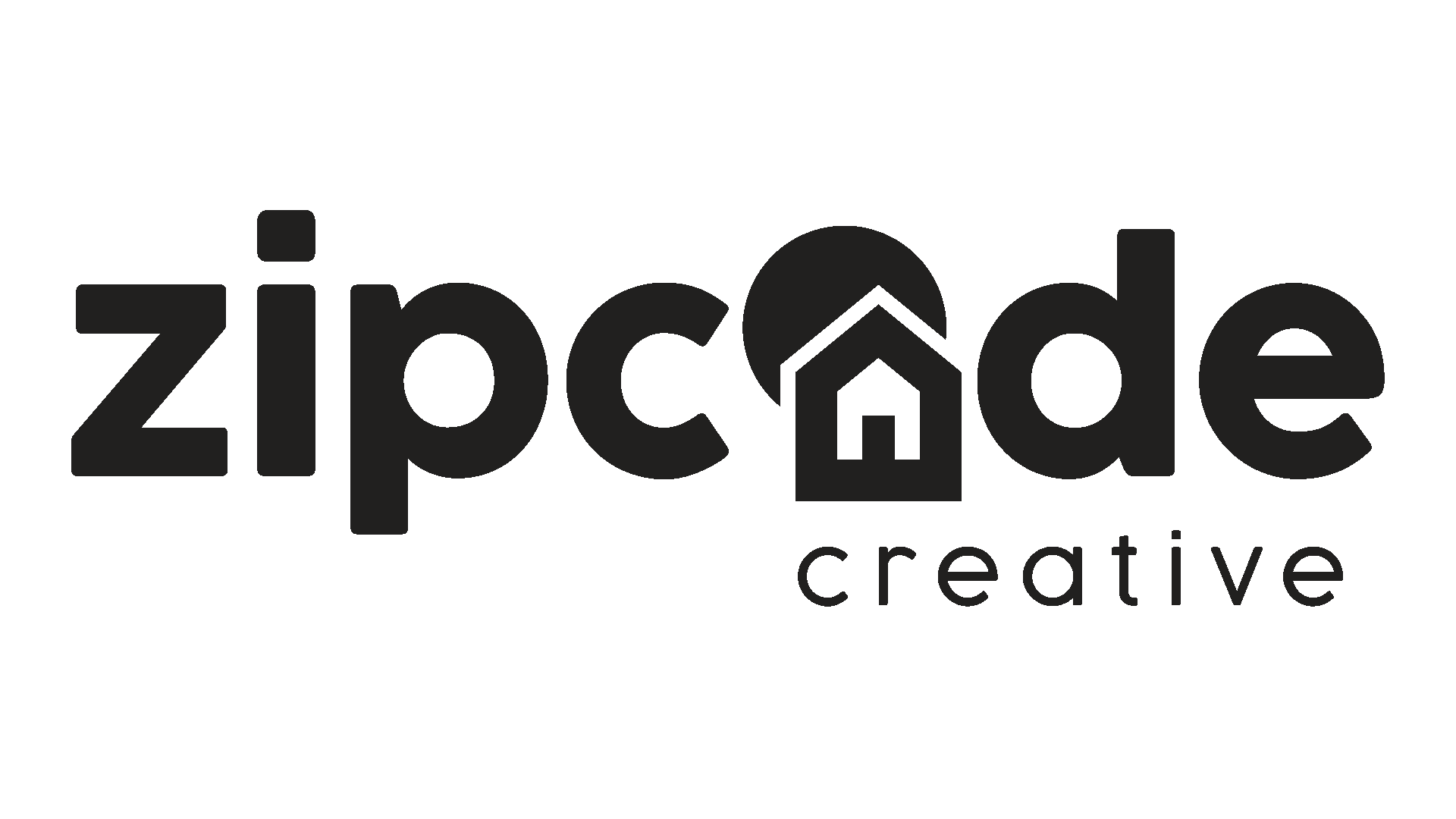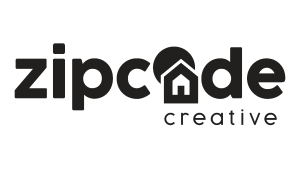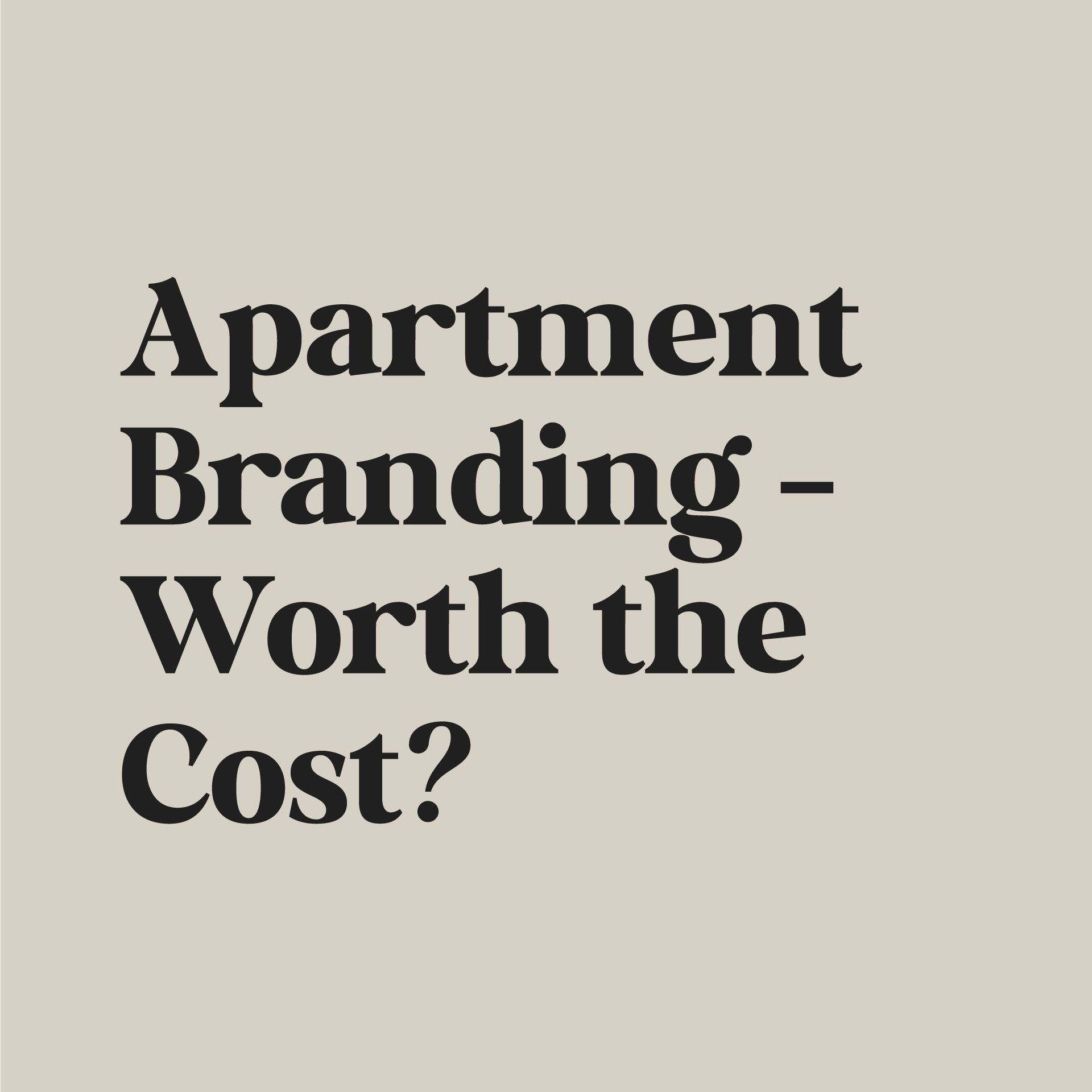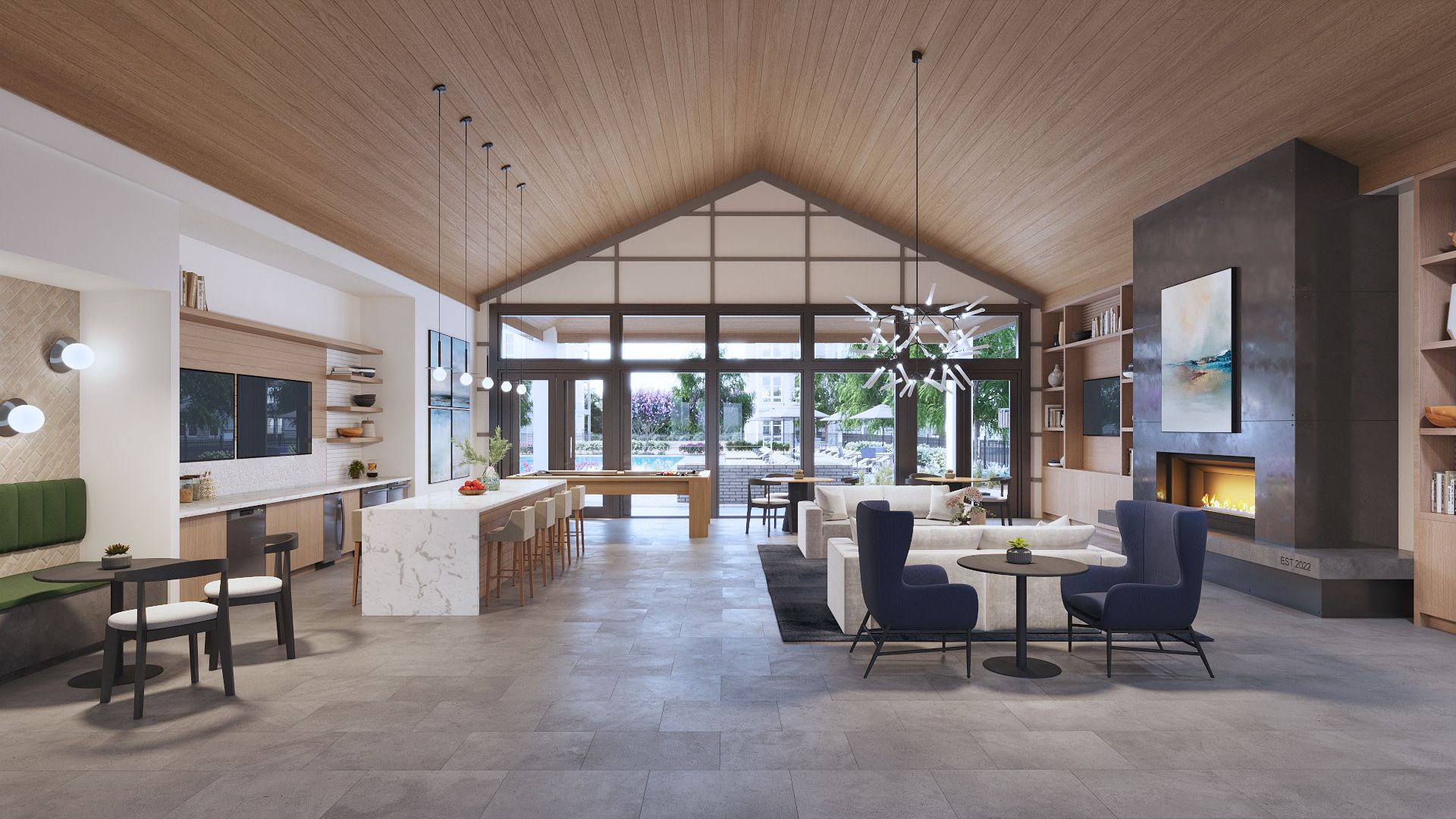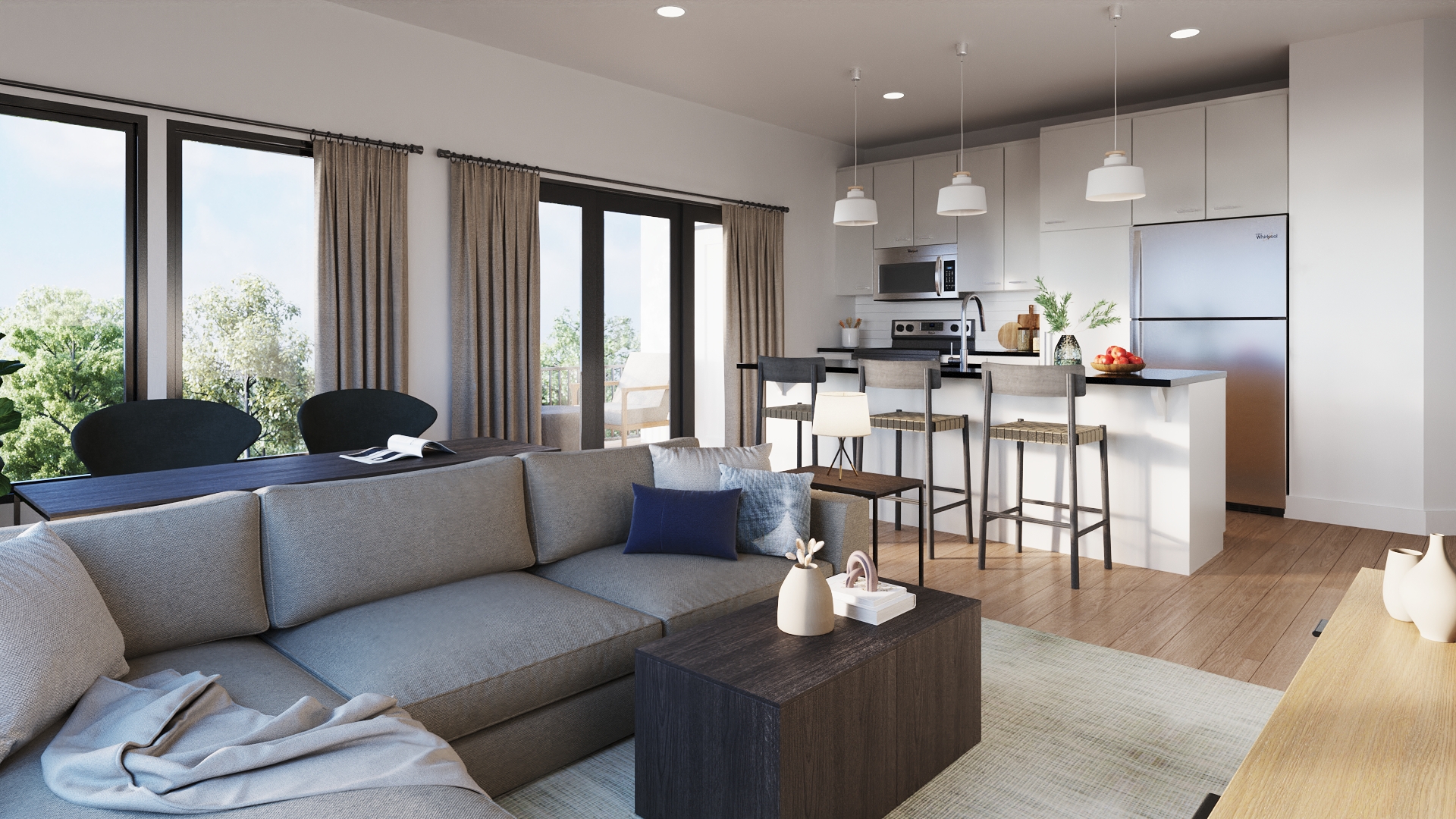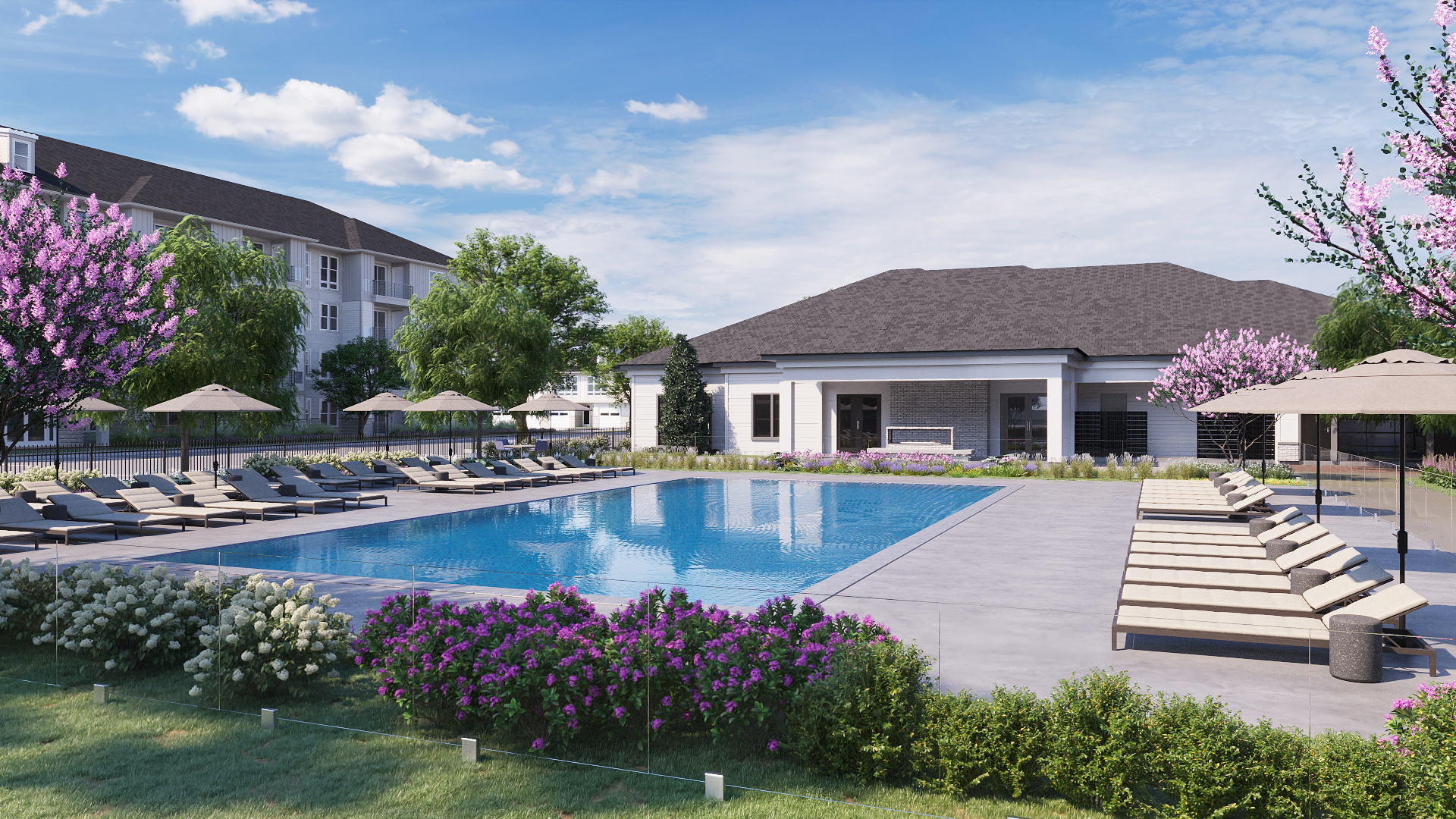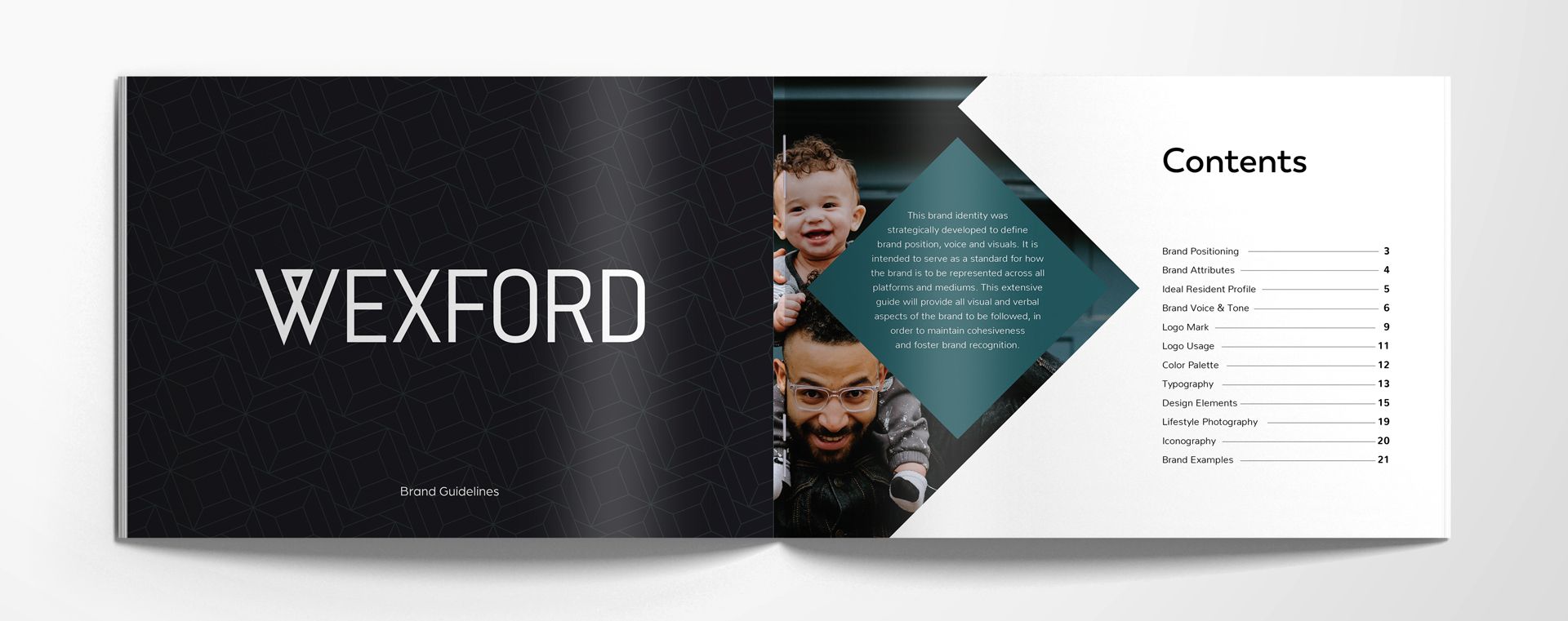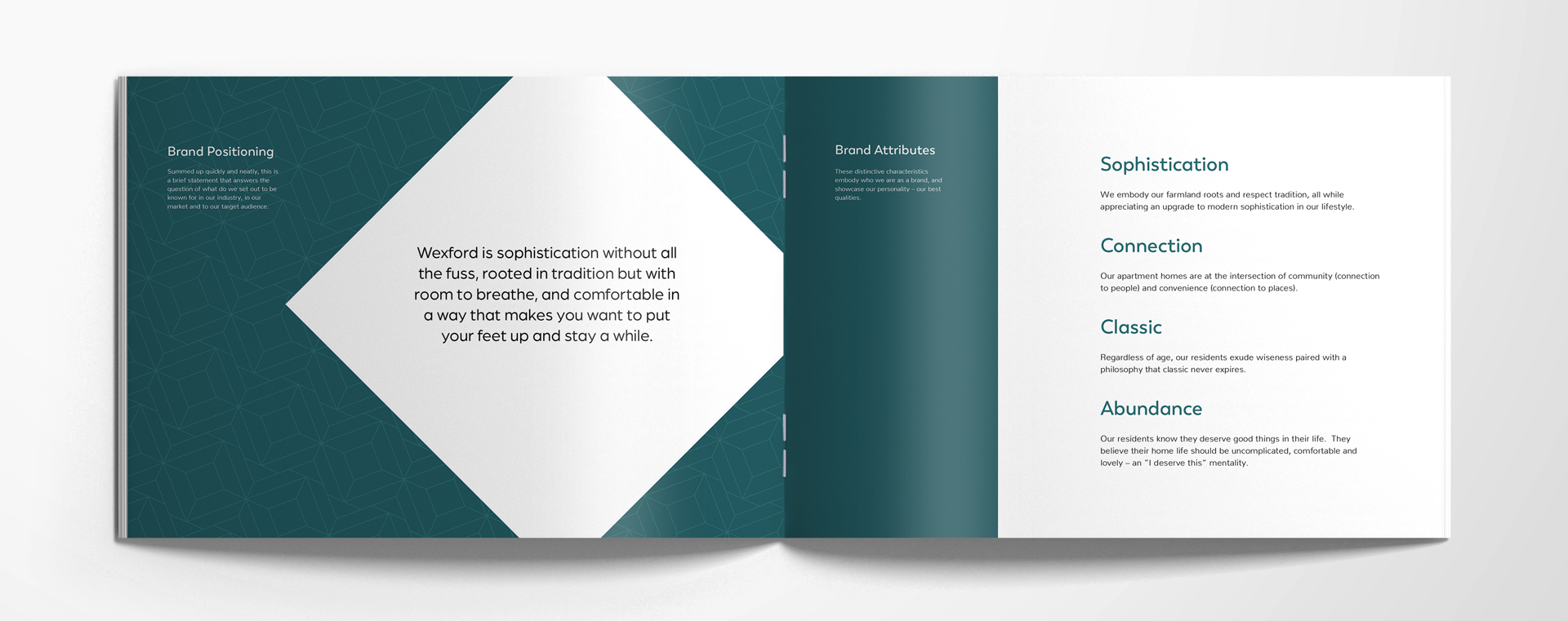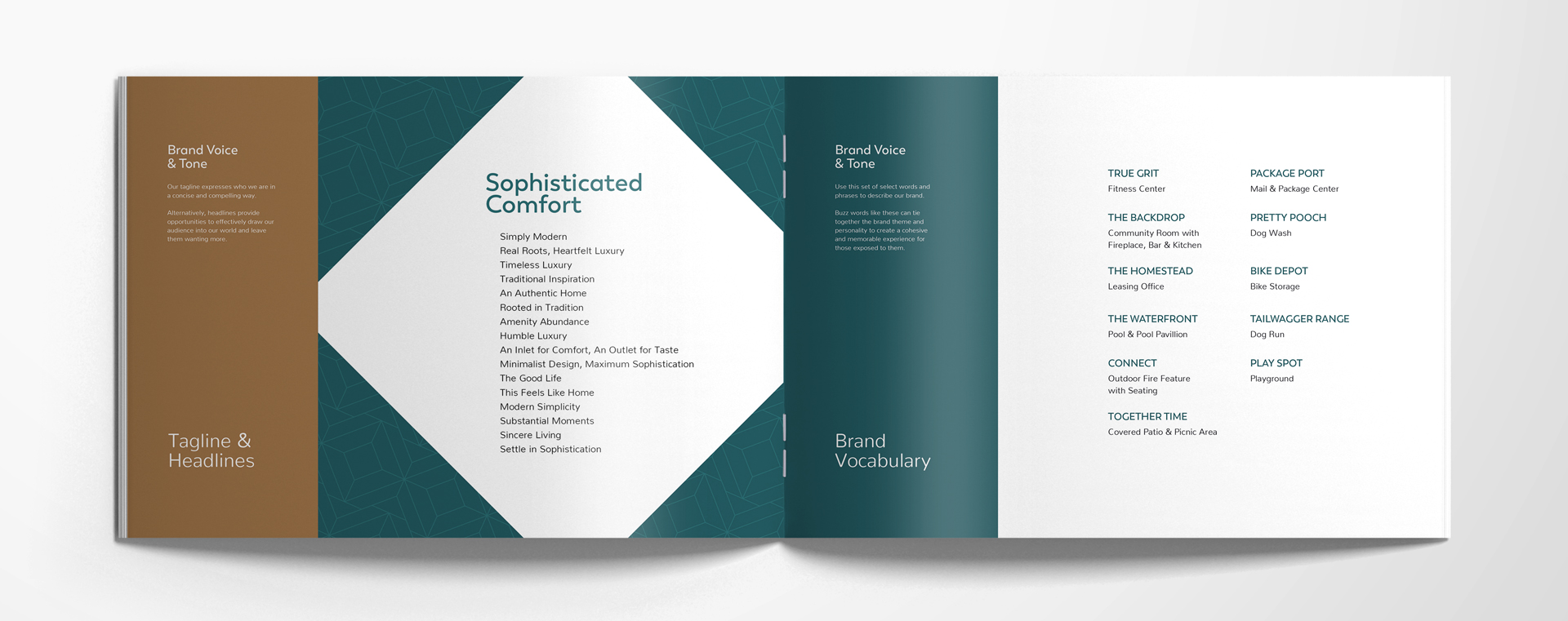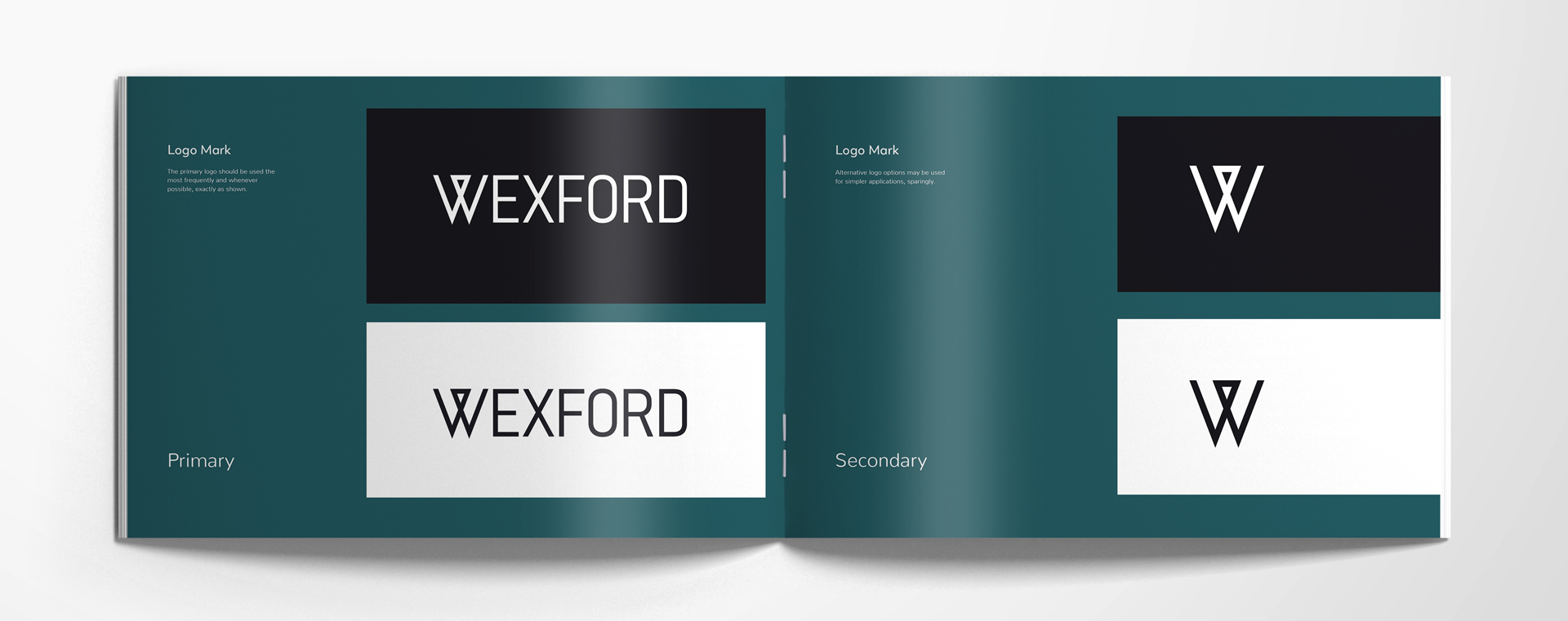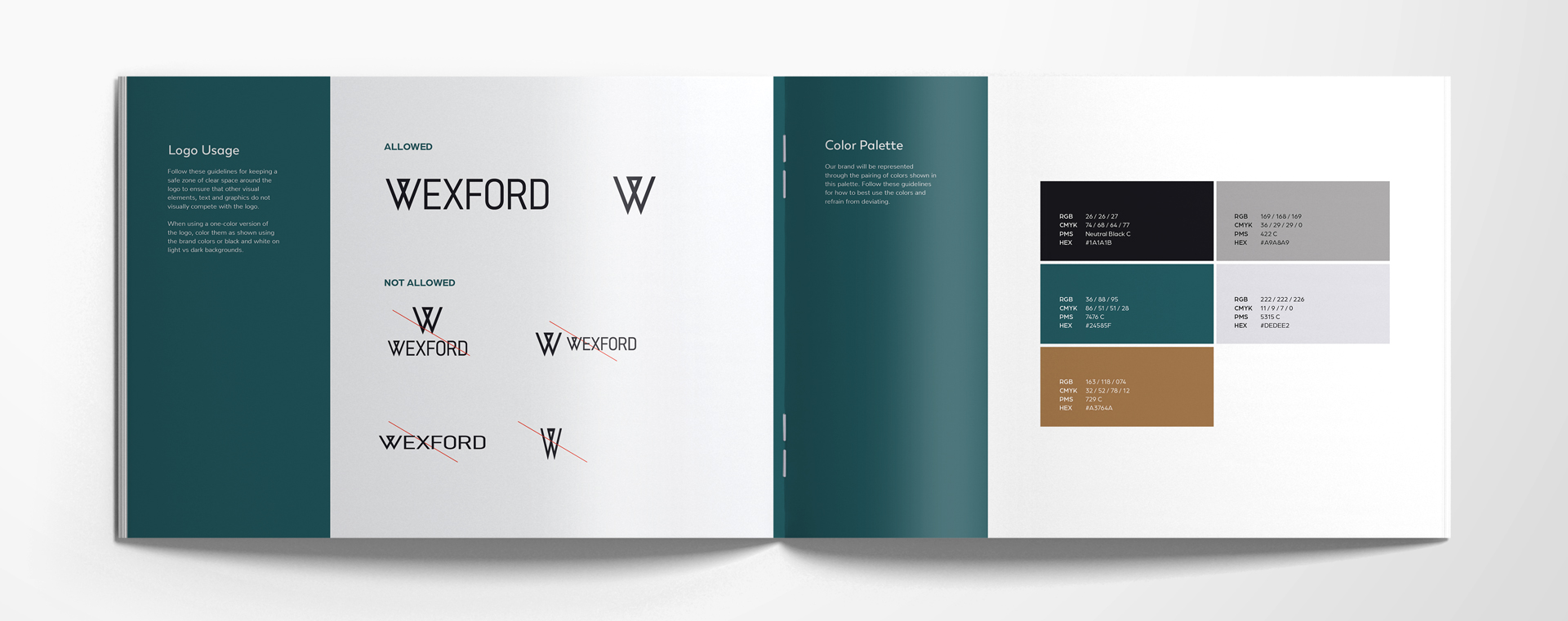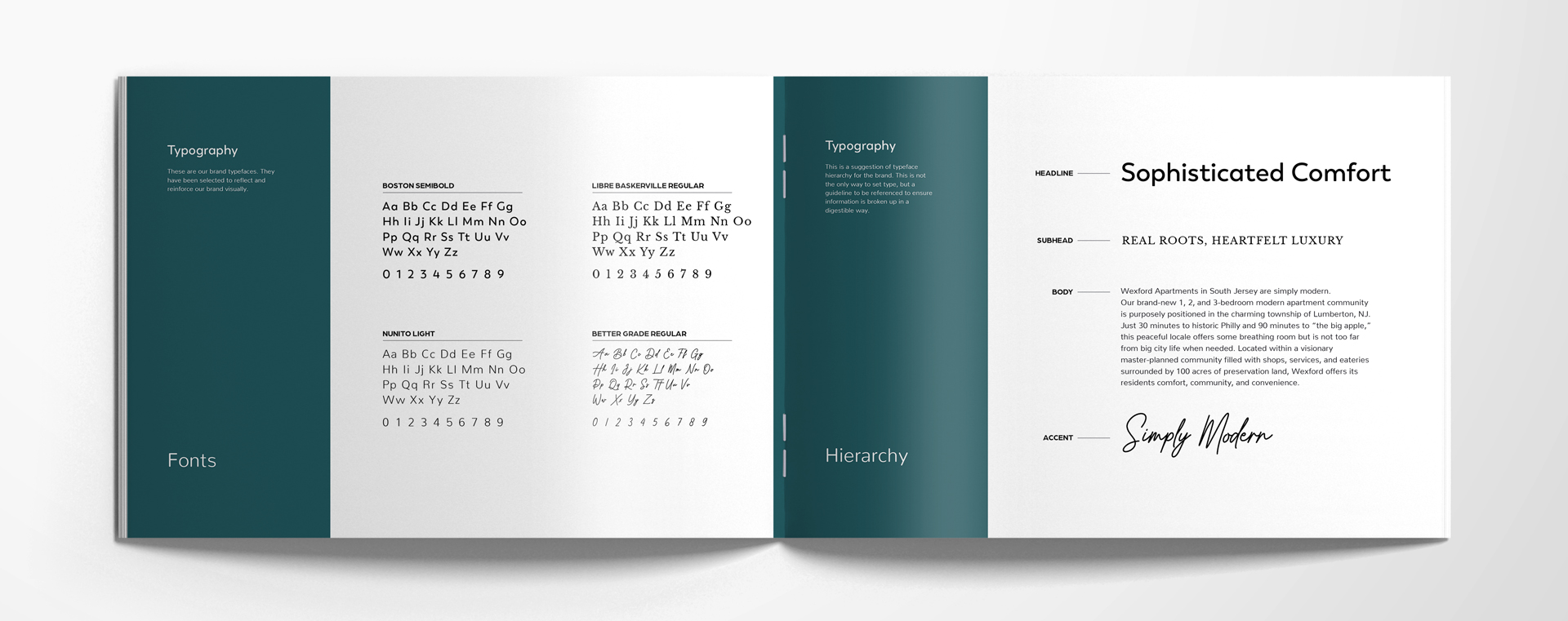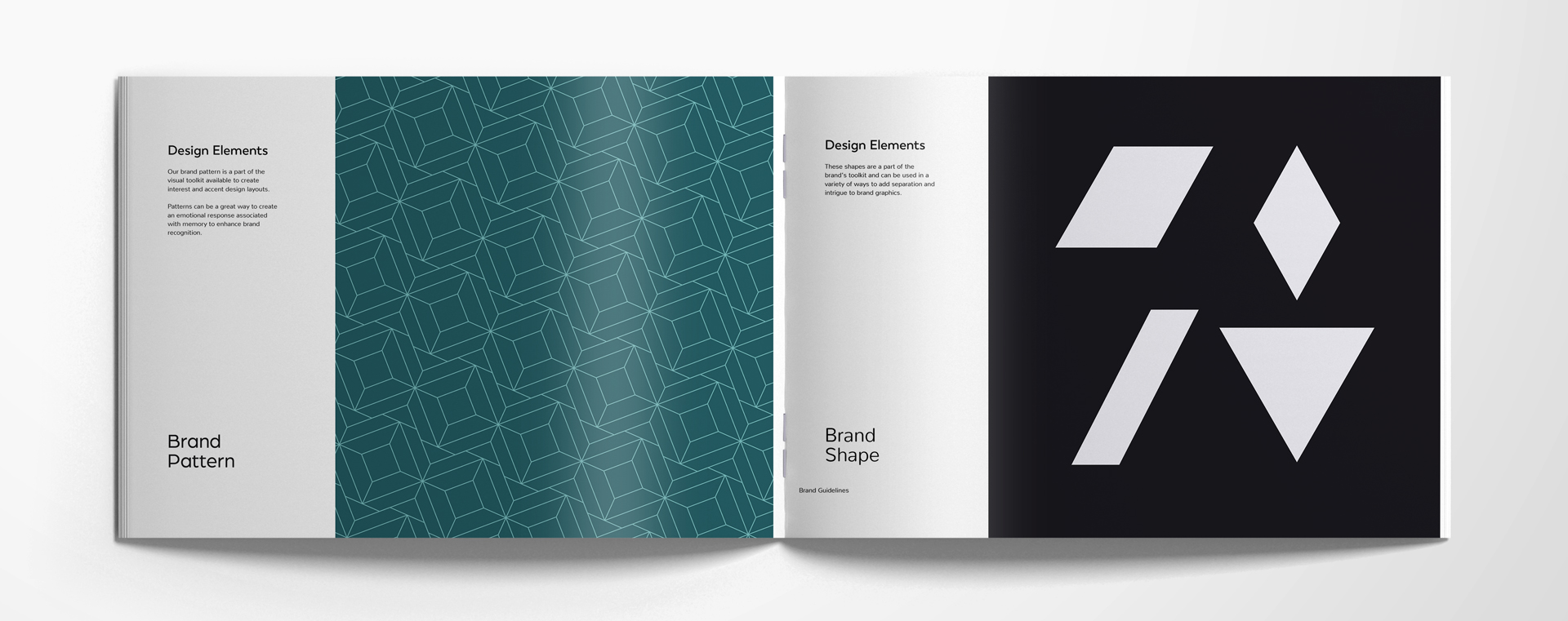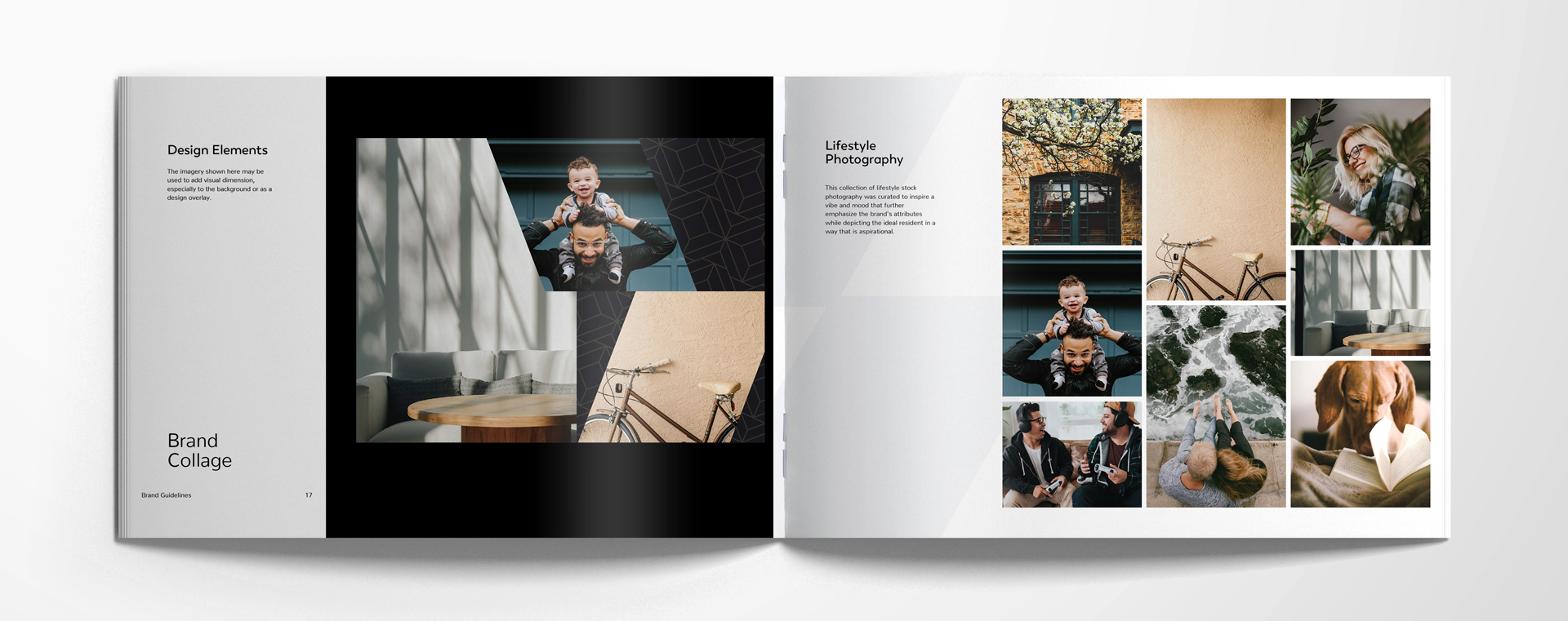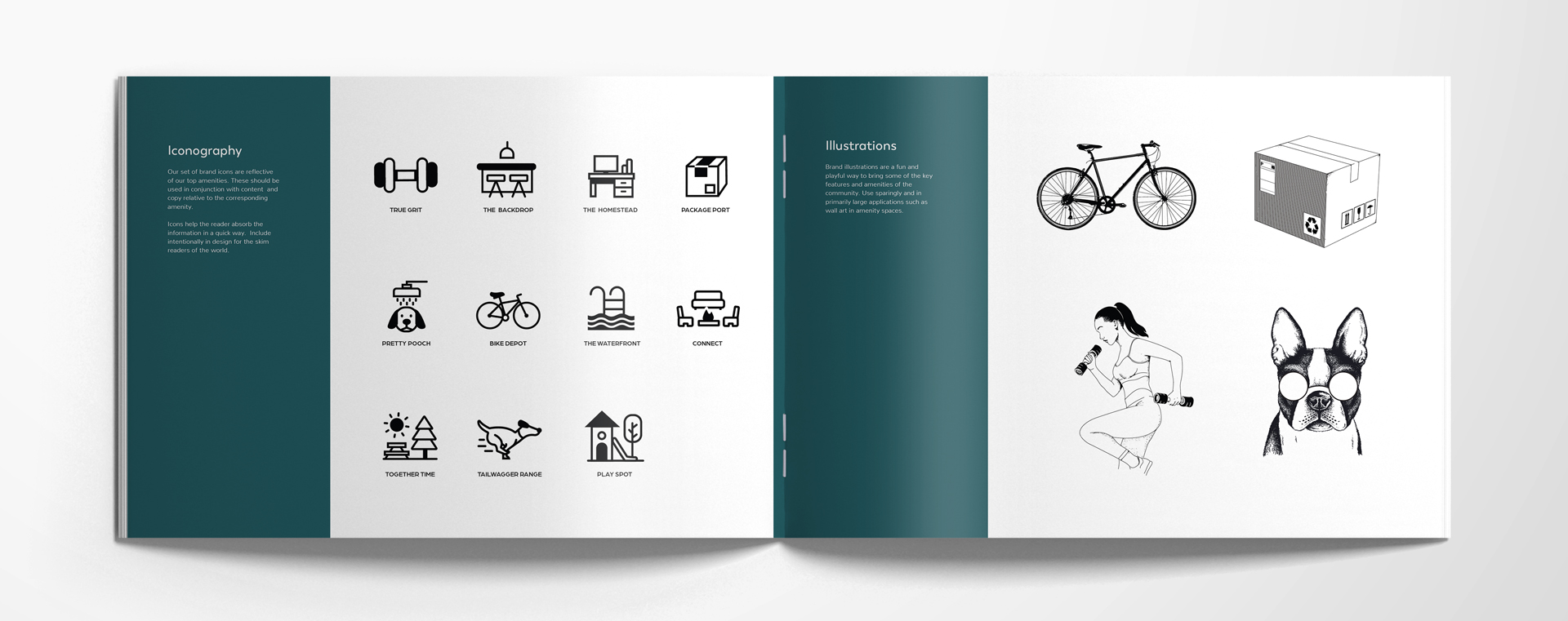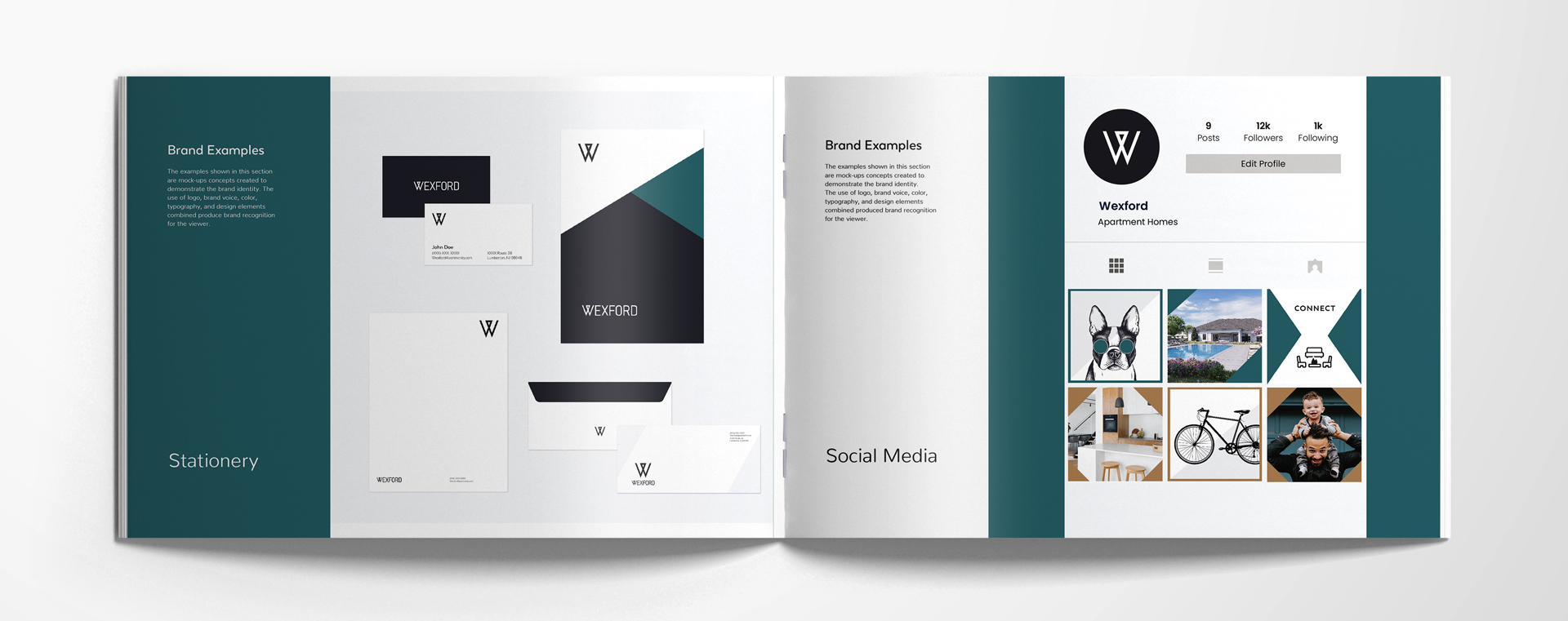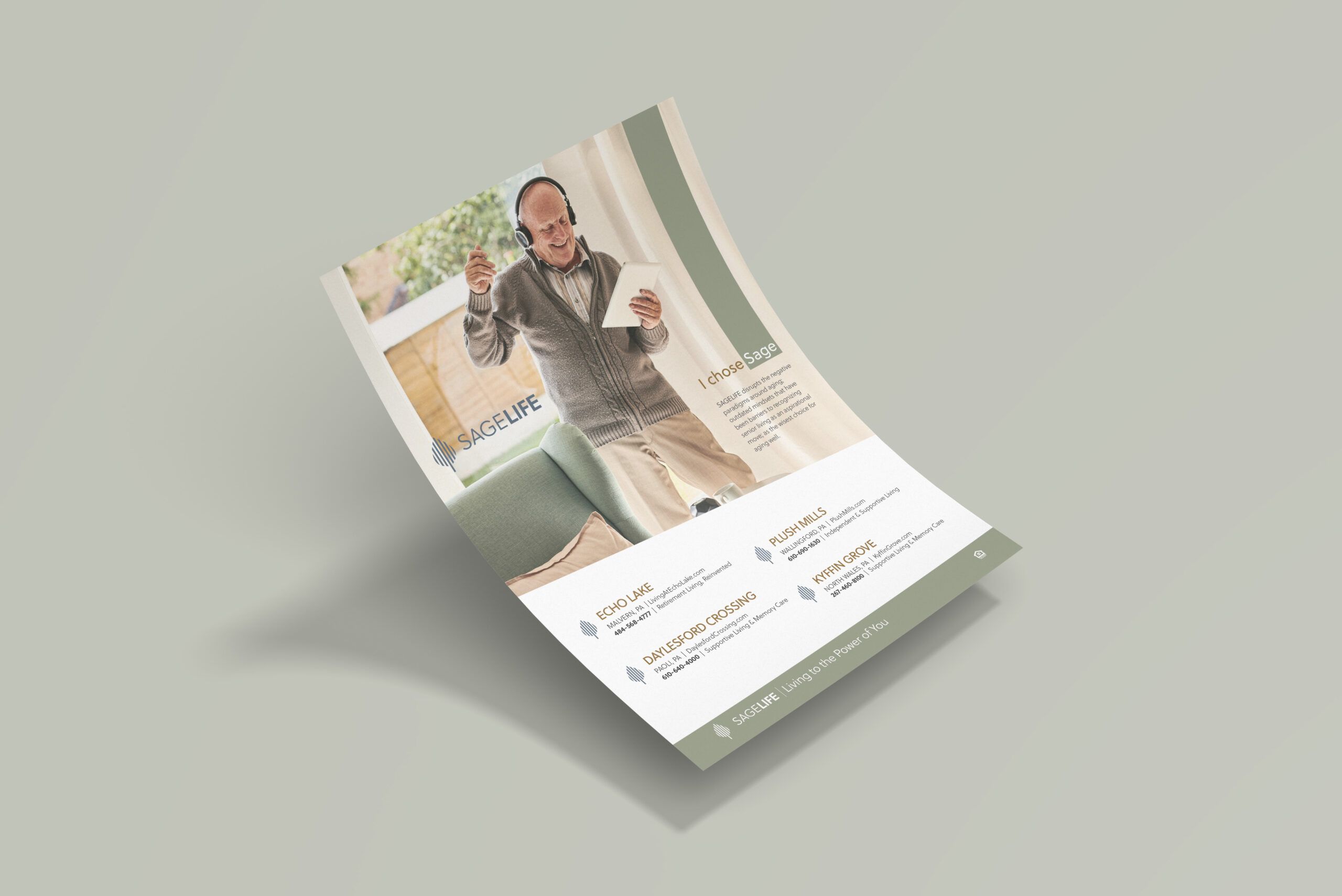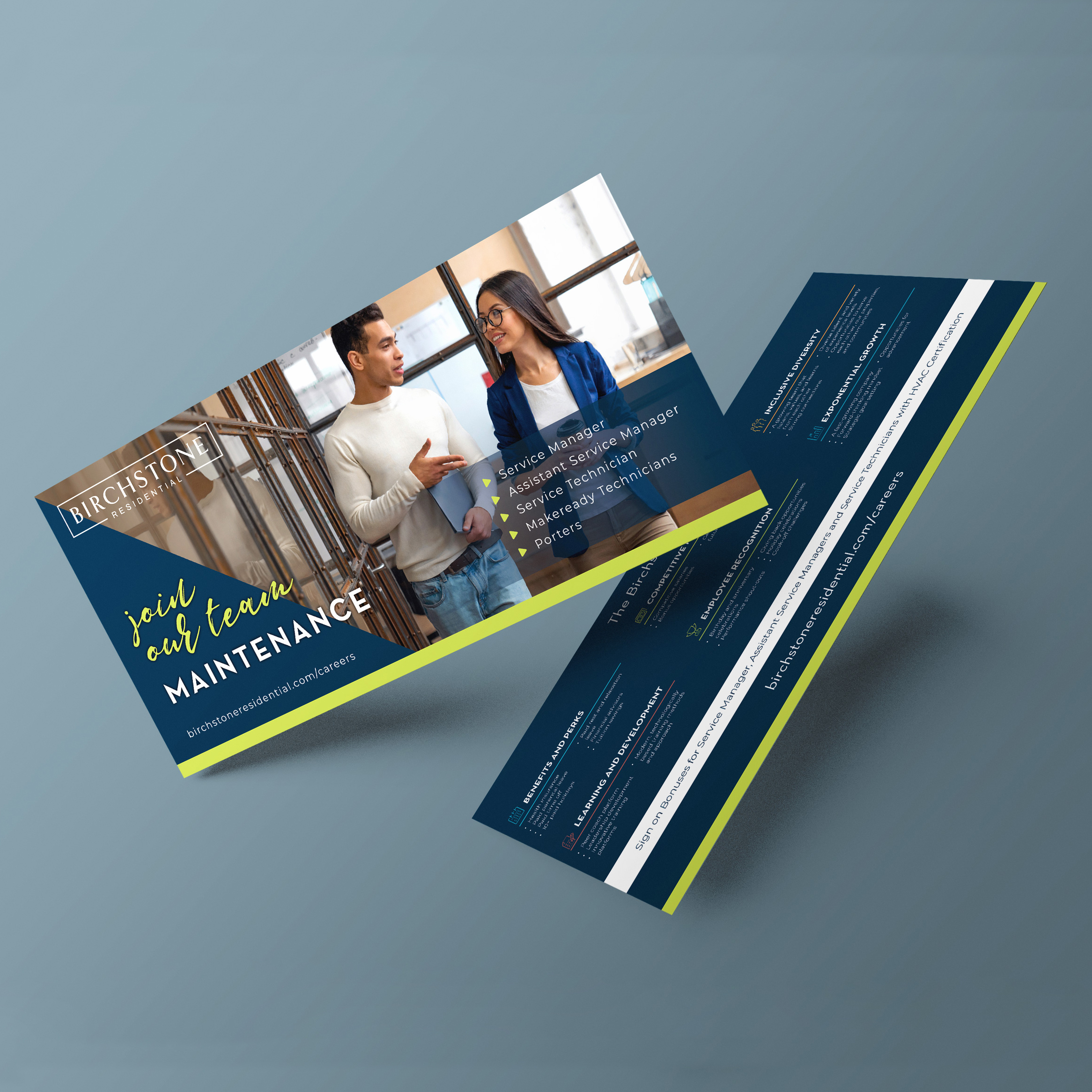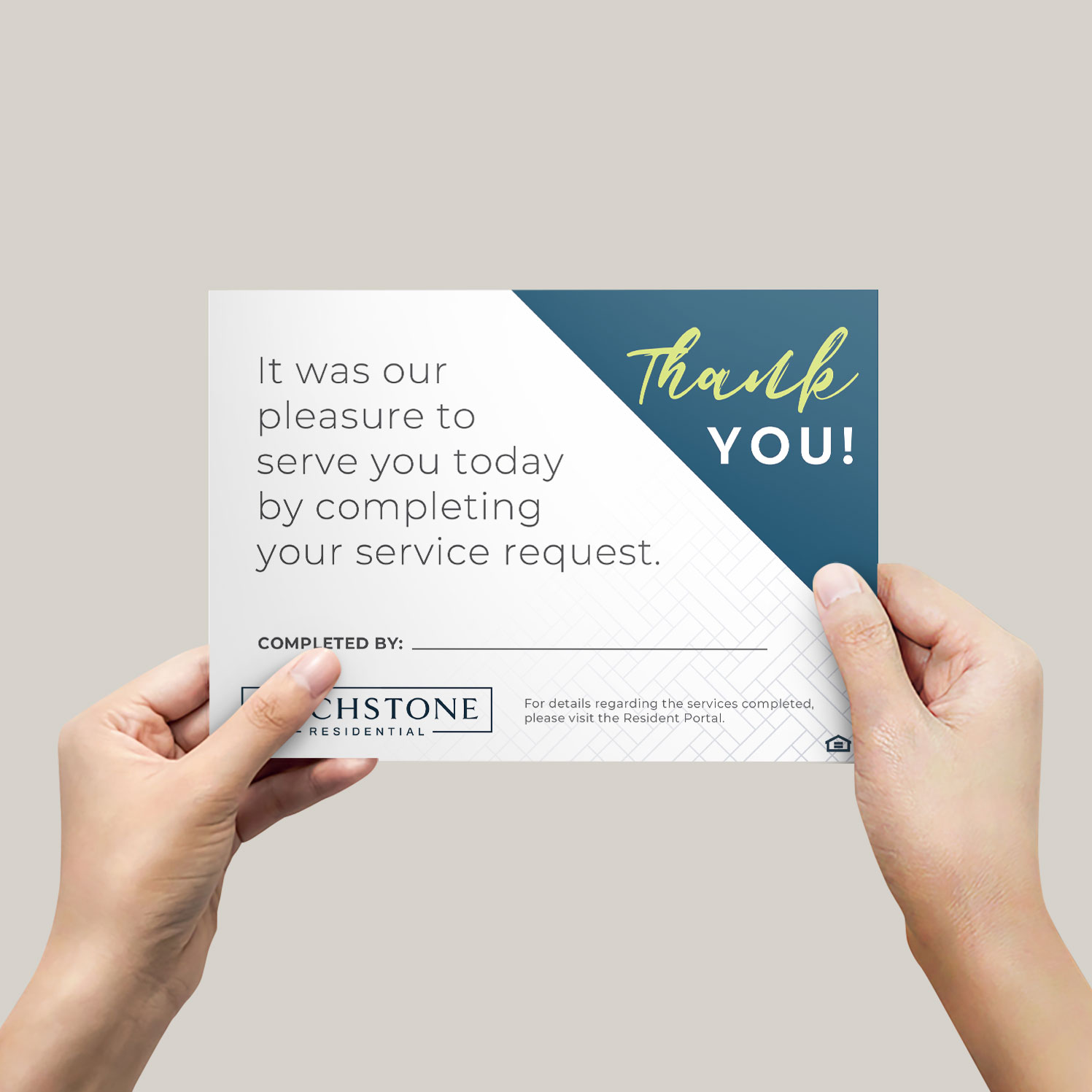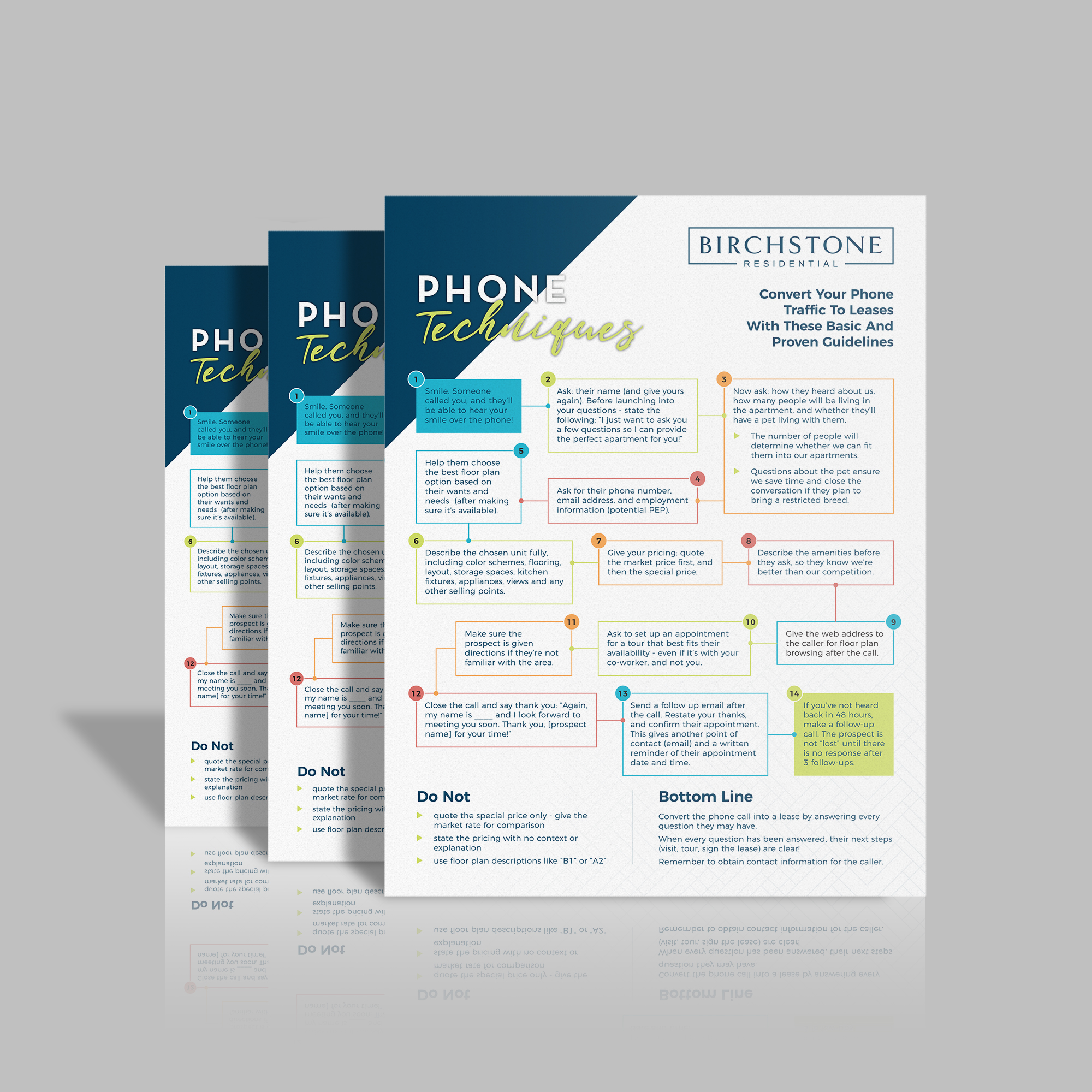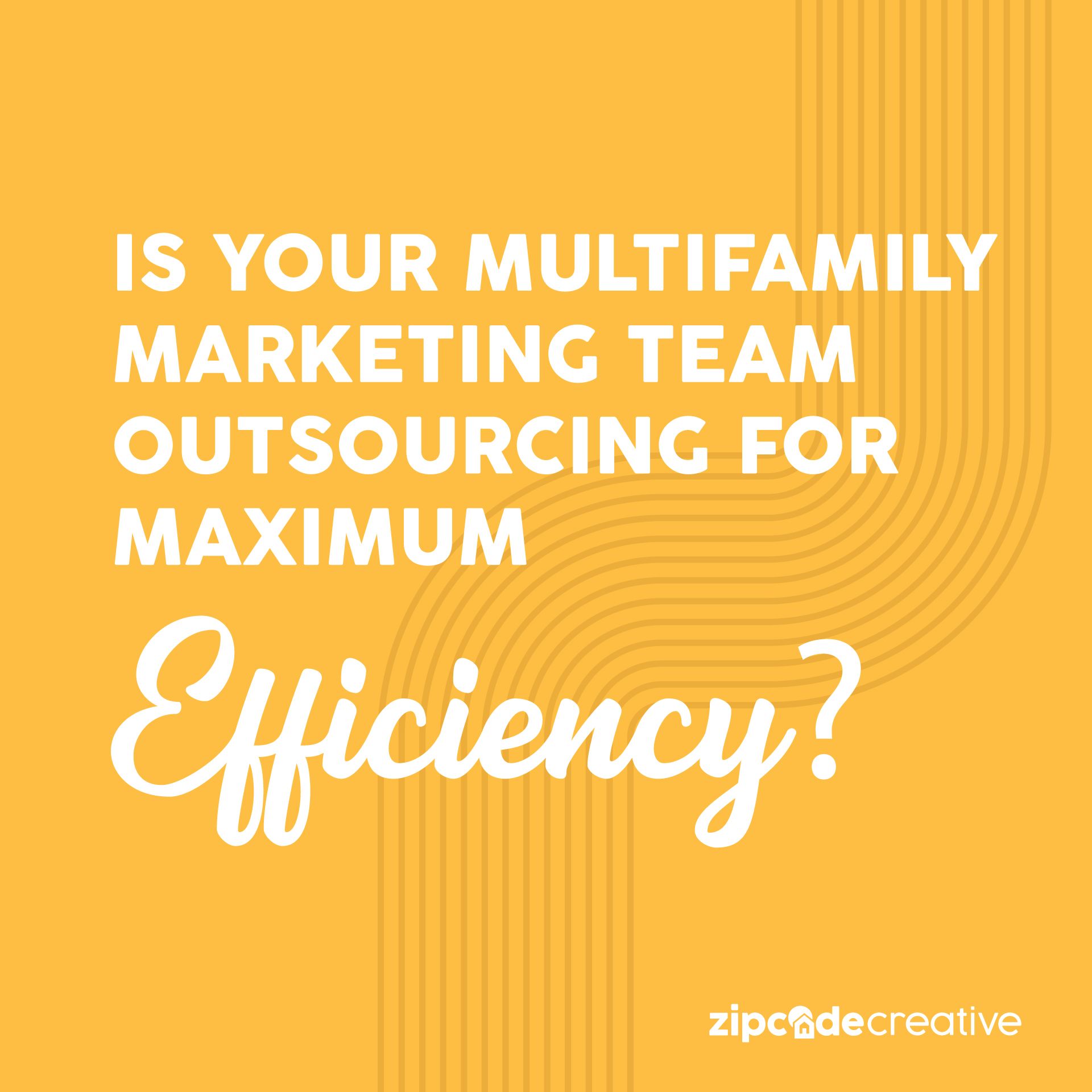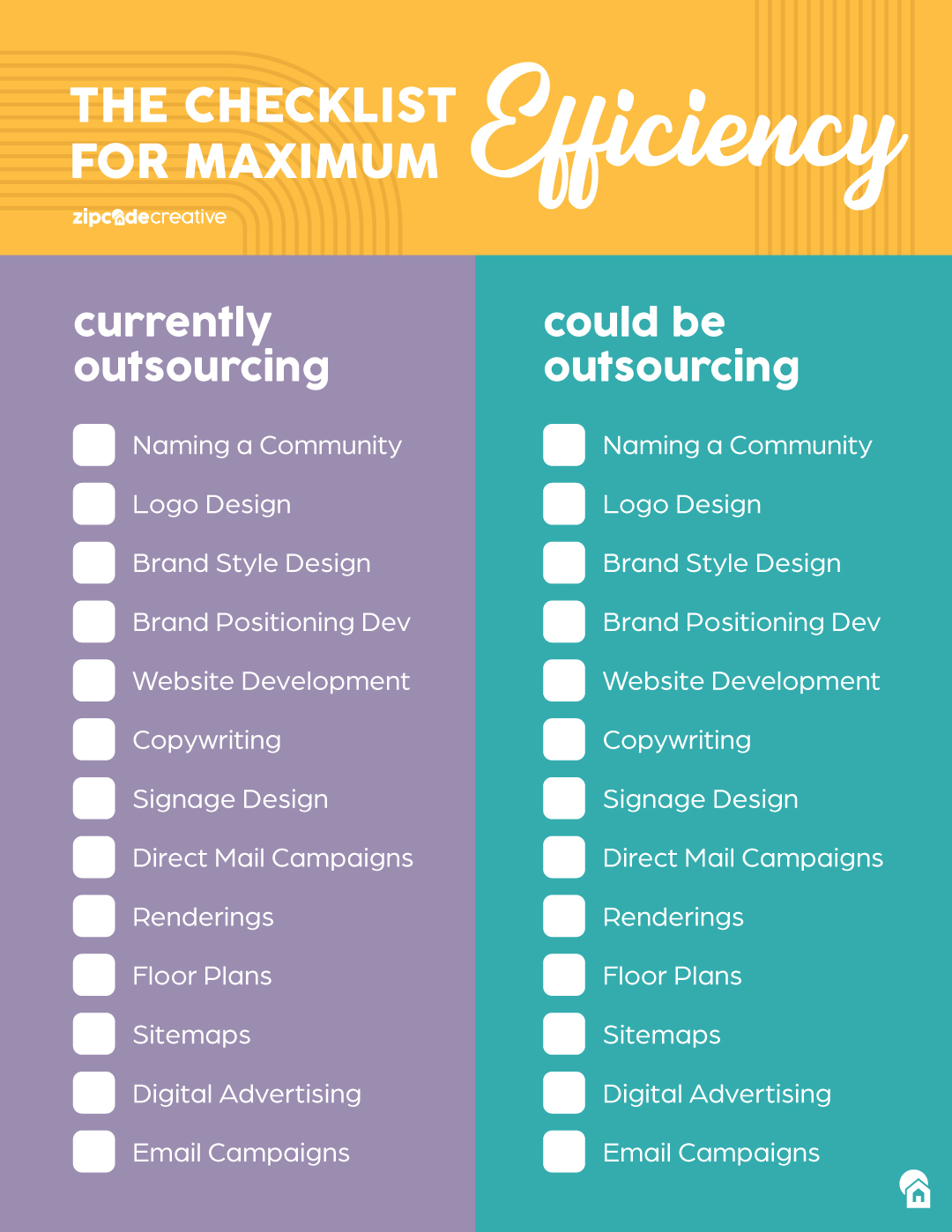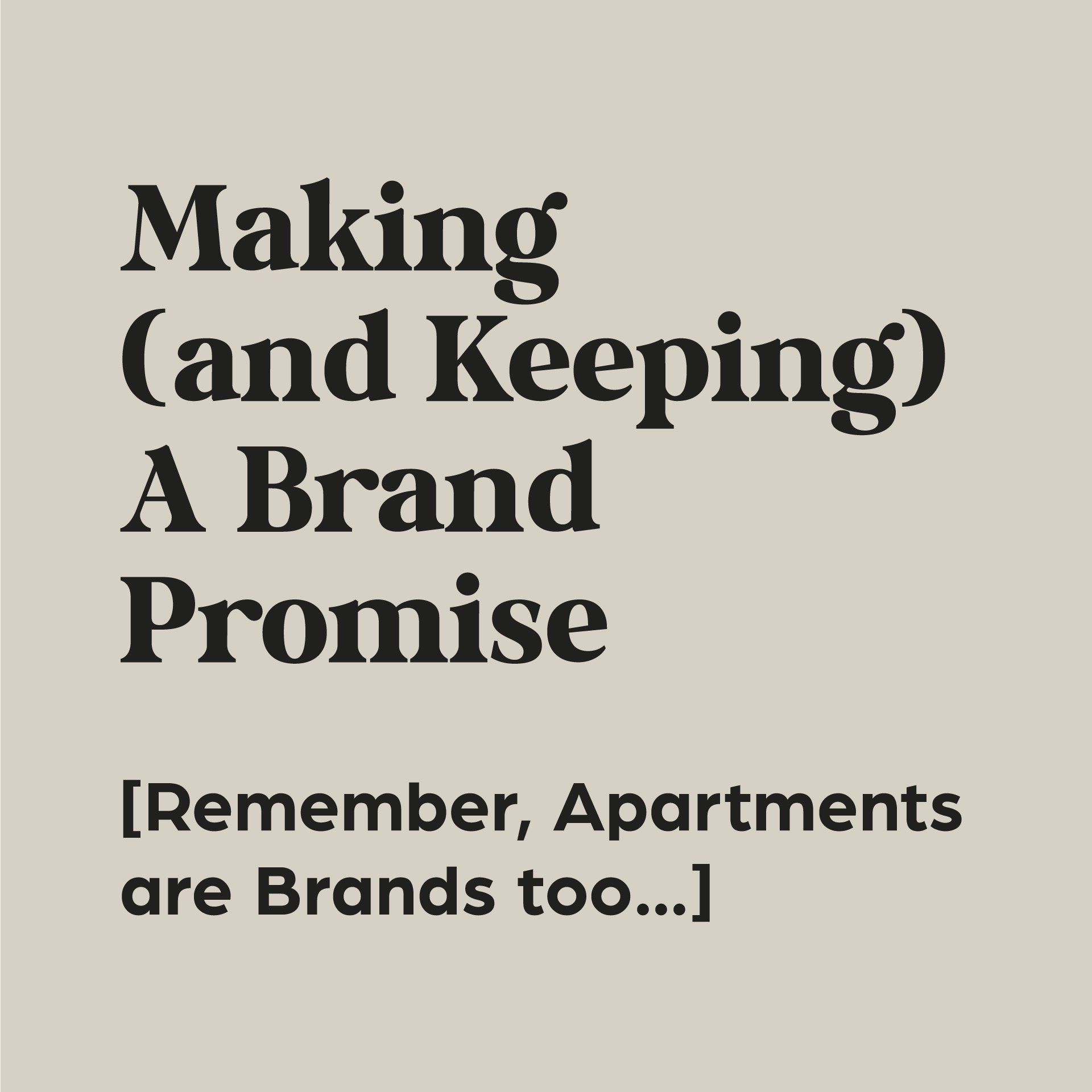Is Apartment Branding Worth The Cost?
Apartment branding certainly costs money—but is branding worth it? Quick answer: Yes. Good branding is definitely worth the investment for apartment communities. Branding can help any business be more successful, especially in the multifamily business.
What’s Involved in Apartment Branding?
Apartment brand guidelines are a good place to start. Having an idea of what’s involved will help you get a head start—and it will help you better understand a cost that makes sense. (Plus, you’ll see what goes into it, so you know if an agency is putting together a full package that will work for your apartment community’s brand.)
How much does Apartment Branding Cost?
The cost of custom branding projects depends on exactly what you need and who you’re working with. Both of those factors can make the cost estimate vary wildly.
Let’s say you get a quote for $99. That’s cheap. And you’re going to get what you pay for.
Or, maybe you’ve found a high-end agency, and they’ve given you a quote for $100k. That’s going to get you something pretty spectacular, but realistically you don’t need that many bells and whistles – just enough to stand out above the competition.
Look for something in between. Perception counts for something—if the branding looks high-quality and intentional (consistent, a color palette that makes sense) then your prospective resident might still spring for a higher monthly lease cost over your competitor, because you look more put-together and attractive.
Since branding is how you look and how you make people feel, it’s completely worth the time and money spent, if done properly.
Why is Apartment Branding Worth It?
1. Branding sets you apart.
The demand for apartment living is at an all time high with ever-increasing rates in the housing market. And that means the competition is getting tougher. Set your community apart with a well-defined brand. Your unique identity should show the real you (or at least the most ideal version of you). This means that when you have competitors who are in the same market as you (with similar features, location, and target audience) you can begin to stand out through creating a lifestyle that speaks to how you’ll improve the lives of your residents. Creating a strong brand, you increase the chance of attracting and retaining your residents with culture and sense of community.
What it’s worth: Think about how much income you’ll receive from just one new lease being signed? In terms of ROI, it adds up.
2. Branding helps you gain trust and credibility.
A brand that’s well-built helps stack up trust and credibility with its residents—whether current or future. If your property has a positive reputation, you’re known for quality and reliability. People want to live there when they feel like they’re a part of something—it’s that culture thing again. That positive word-of-mouth marketing stemming from online reviews and friendly recommendations come from satisfied residents. That’s all part of who you are (remember: how you make them feel!)
What it’s worth: You don’t have to pay for word-of-mouth. Free benefits add up.
3. Branding helps establish loyalty and keep current residents.
When more people want to live there, it becomes an attractive option to everyone, including the people who already live there. (Ooh, people want in? Well, I have it, so I should hang on to this valuable thing!) The only thing better than a signed lease is a renewed lease. It’s a lot easier to keep the residents you already have (as long as they’re current on their payments) than one that you have to go out and pound the pavement for.
What it’s worth: Lease renewals cost significantly less than acquiring a new resident.
4.Branding can help justify premium pricing.
Luxury lofts, eh? That won’t be believable if your branding work is all over the place: inconsistent, unprofessional, and downright outdated. Keep things classy and make sure your branding is telling your ideal resident that “You’re Worth It.” Because if they’re not convinced of your status, they’re not going to be willing to pay a premium for it. Turn their desires into reality with exceptional branding that targets your ideal resident.
What it’s worth: Perception is everything, branding can justify higher rents when quality is matched with the property’s features and amenities.
5. Branding helps keep a good thing going.
We also like to call this success inertia. Branding is the initial burst of energy that helps you onto the scene. After that positive word-of-mouth goes around, you’ll spend a lot less time attracting leads because of your loyal current residents’ referrals to friends. Brand recognition will also help reduce marketing costs and efforts over time when brand presence establishes in the market.
Now, you’ll be able to spend more time growing the portfolio. Show your lease-up rates to investors interested in reputable property management, and you’ll find a pattern of growth and expansion to develop or acquire additional properties.
What it’s worth: Brand recognition leads to better reputation, which leads to faster lease-ups and company expansion.
Multifamily developers and owners like you can establish a strong market presence, generate higher returns, and position their properties for long-term success in the competitive rental market, all because you decided apartment branding was worth the cost.
